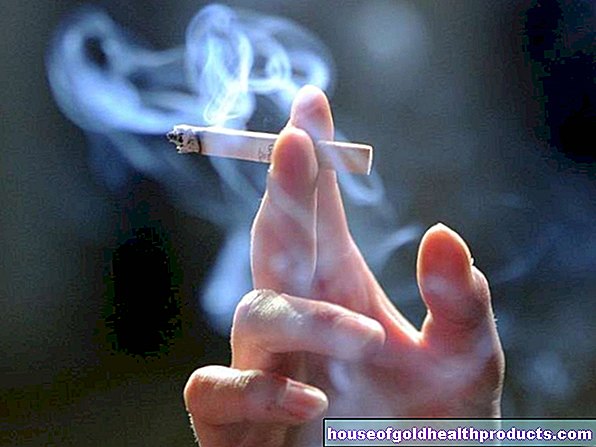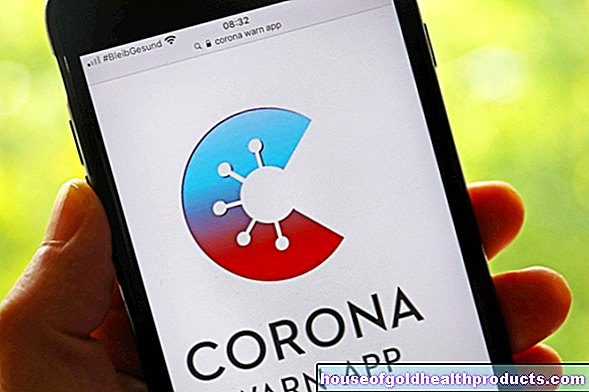Kaposi's sarcoma
and Martina Feichter, medical editor and biologistDr. med. Fabian Sinowatz is a freelancer in the medical editorial team.
More about the expertsMartina Feichter studied biology with an elective subject pharmacy in Innsbruck and also immersed herself in the world of medicinal plants. From there it was not far to other medical topics that still captivate her to this day. She trained as a journalist at the Axel Springer Academy in Hamburg and has been working for since 2007 - first as an editor and since 2012 as a freelance writer.
More about the experts All content is checked by medical journalists.
Kaposi's sarcoma (pronounced "Kaposchi sarcoma") is a malignant tumor that occurs primarily on the skin. But it can also affect mucous membranes and internal organs. Kaposi's sarcoma can develop in people infected with human herpesvirus 8 (HHV-8). The cancer can develop in conjunction with other favorable factors (such as a weakened immune system). Read more about Kaposi's sarcoma here!
ICD codes for this disease: ICD codes are internationally recognized codes for medical diagnoses. They can be found, for example, in doctor's letters or on certificates of incapacity for work. C46
Kaposi's sarcoma: four main forms
Kaposi's sarcoma is a rare form of skin cancer that can also affect mucous membranes and internal organs. The tumor disease can appear in several places at the same time. The skin changes typically begin as reddish-brown to purple spots. These can turn into extensive plaques or hard nodules.
The course of Kaposi's sarcoma can be very different. The tissue changes can be fairly constant or can spread within a short time and lead to death (especially in HIV patients). In total, medical professionals differentiate between four main forms of Kaposi's sarcoma:
HIV-associated (epidemic) Kaposi's sarcoma
HIV-associated Kaposi's sarcoma can be both the early sign of HIV infection and a late symptom in the course of AIDS when the immune system is severely weakened. It can affect the skin, mucous membranes and practically all internal organs (gastrointestinal tract, heart, liver, lungs, etc.). Organ involvement can quickly become life-threatening.
People with HIV or AIDS have a 20,000-fold higher risk of developing Kaposi's sarcoma than the general population and a 300-fold higher risk than other immunocompromised patients. It mainly affects men and rarely women. Since the introduction of effective antiretroviral therapy for HIV, the incidence of Kaposi's sarcoma in people infected with HIV has decreased.
Kaposi's sarcoma due to iatrogenic suppression of the immune system
In some cases, people's immune systems have to be suppressed using drugs. This is necessary, for example, after an organ transplant and in the treatment of some chronic inflammatory diseases. This suppression of the immune system (immunosuppression) by medical measures is called "iatrogenic".
The weakened immune system of those affected favors the development of Kaposi's sarcoma (as in HIV patients). Once you stop immunosuppression, in some cases it disappears completely.
Classic Kaposi's sarcoma
Older men (in their seventh decade of life) who come from Eastern Europe or the Mediterranean region or are of Jewish origin develop the classic Kaposi sarcoma. The typical skin changes develop mainly on the legs. They usually progress slowly over years or decades. Internal organs are rarely affected. The classic Kaposi sarcoma is not particularly aggressive.
Endemic Kaposi sarcoma
The endemic Kaposi sarcoma occurs in sub-Saharan Africa (sub-Saharan region). It can run in four variants, for example as a relatively benign form, which is accompanied by skin nodules and is similar to the classic Kaposi sarcoma. It is mainly men who are 35 years old who get sick with it.
Another variant of the endemic Kaposi sarcoma, which occurs mainly in young children, is much more dangerous: skin changes are rare here, instead lymph nodes and intestines are affected. This variant of the endemic Kaposi sarcoma develops in a flash, is rapid and violent (fulminant) and can quickly lead to death.
Kaposi's sarcoma: therapy
To date, there is no generally accepted therapeutic scheme for the treatment of Kaposi's sarcoma. Here are some examples of treatment options:
In patients with HIV-associated (epidemic) Kaposi's sarcoma, effective antiretroviral therapy is the most important treatment measure. If this is insufficient to prevent Kaposi's sarcoma from spreading, chemotherapy can be considered.
If the tumor is the result of immunocompromising drugs, it should be checked to what extent these can be reduced or discontinued entirely. The tumor foci then usually recede completely.
Endemic Kaposi's sarcoma usually responds well to cancer drugs.
Classic Kaposi's sarcoma is usually only treated locally, mainly with radiation therapy. Other therapies such as cold therapy (cryotherapy) or chemotherapy may also be considered.
Aftercare
Kaposi syndrome is prone to relapses (relapses). Therefore, after completing treatment, patients should see their doctor for regular check-ups.


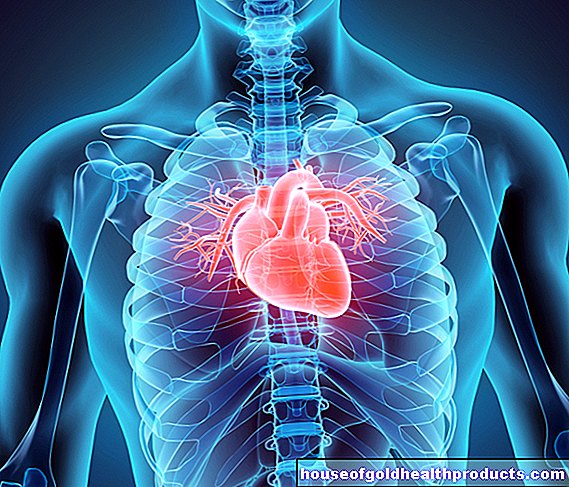
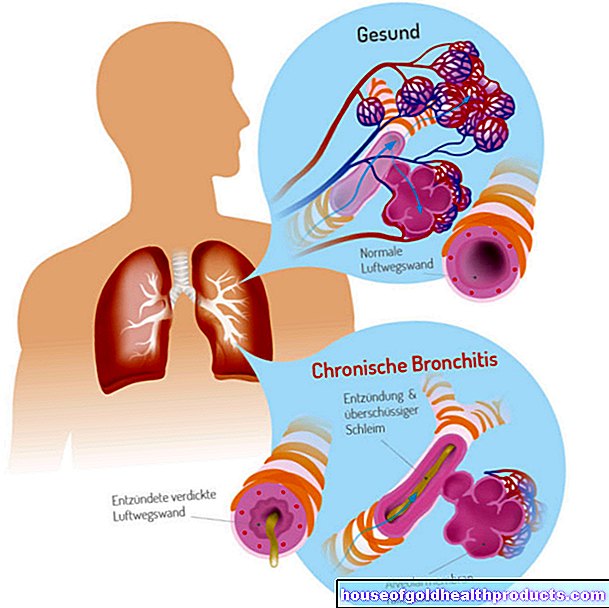





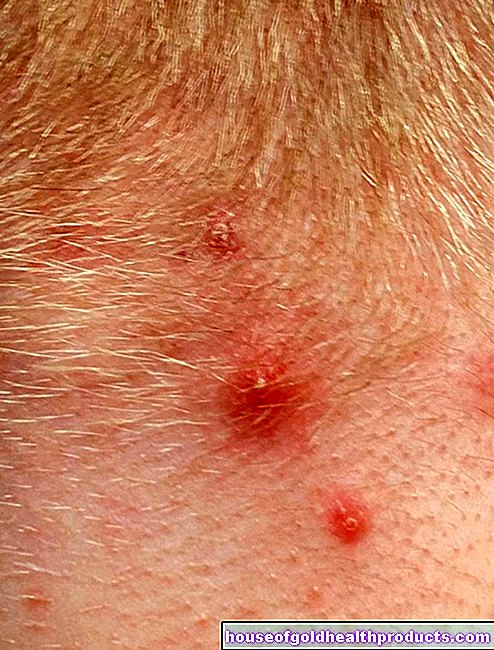
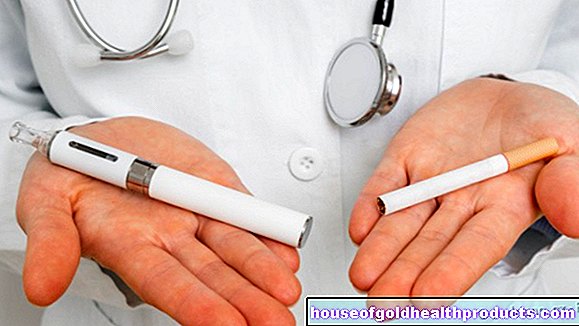








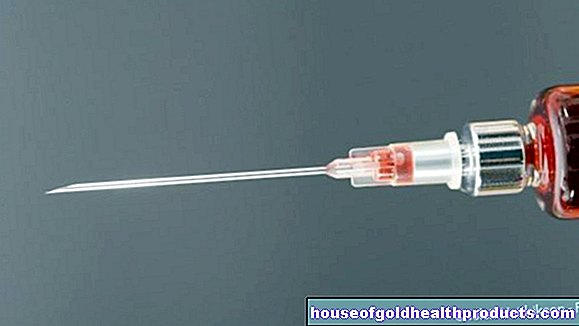



.jpg)




